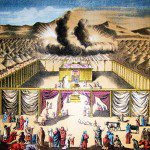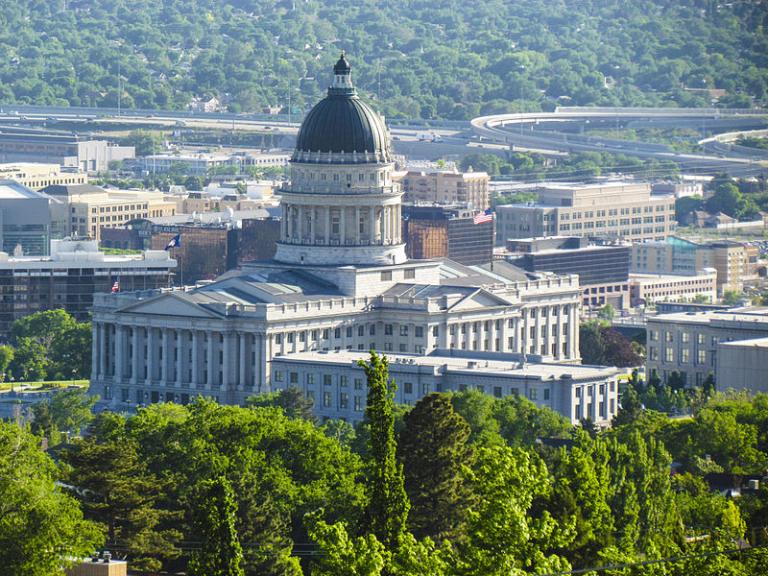
(Wikimedia Commons public domain)
This is the promised second passage that struck me from one of the articles to which I linked in my prior blog post “Lessons from scorching hot weirdo-planets”:
“[A]ll voices are not equal. The views of people who are not qualified in the particular area of research in question carry less weight than those of people who are. Like many serious journalism platforms, BBC News, where I work, has a strict policy of balance and impartiality. In the 1990s and 2000s, that policy led many of our programs to “balance” scientific voices warning of climate change or reassuring people about the safety of vaccines with the voices of people arguing the opposite.
“The contrarian views would often come from pressure groups such as climate change deniers and anti-vaxxers or from scientists commenting on a specialty different than their own. The BBC’s science and health correspondents argued strongly against the policy, which had been at the heart of the organization’s journalism. In 2010, this led to a change in editorial guidelines, the new stance being that “due weight” should be given to the scientific consensus on any given subject before reflecting contrary views.”
I have a personal story that goes along with it.
Many years ago, back in the glory days of the Foundation for Ancient Research and Mormon Studies or FARMS, which eventually became the Neal A. Maxwell Institute for Religious Scholarship and then was suddenly transmogrified into today’s quite different Maxwell Institute, we sponsored regular brown bag lunches. These were informal affairs in which ten or fifteen BYU faculty members and some others would gather, often bringing and eating lunches, around a seminar table to listen to a colleague share a paper-in-the-making or some such thing. They were interesting, and those speaking often received very helpful suggestions from their listeners.
I noticed one older man who generally attended these presentations. He was plainly beyond retirement age, and I didn’t know his name. (In fact, I’ve forgotten it now.)
One day, heading for the Kimball Tower, where a brown bag gathering was to occur, I fell into walking alongside him and we had a brief conversation. It turned out that he was a Ph.D. nuclear physicist, retired from a career with the federal Nuclear Regulatory Commission.
One of the things that he told me has stayed with me.
In his last years with the NRC, he said, he had spent a considerable amount of time debating opponents of nuclear power. Network and other news programs, committed to “fairness,” would scrupulously give equal time to both him and his opponents. But, he said, the “equality” was specious. What he had to say, he told me, represented the consensus view of 99.9% of everybody — physicists, engineers, and the like — who knew anything on a professional level about nuclear power. His opponents were, he said, typically fringe cranks. But they could spew out more nonsense, often sensationally alarmist, in two televised minutes than he could possibly respond to. The very act of giving loons equal time actually elevated them, making it seem that their disagreements about the safety and value of nuclear power represented a 50/50 division within the relevant scientific and technical disciplines rather than the 99.9 to 0.1 division that (he said he was being generous) actually existed.
He was happy to retire.
Posted from St. George, Utah












